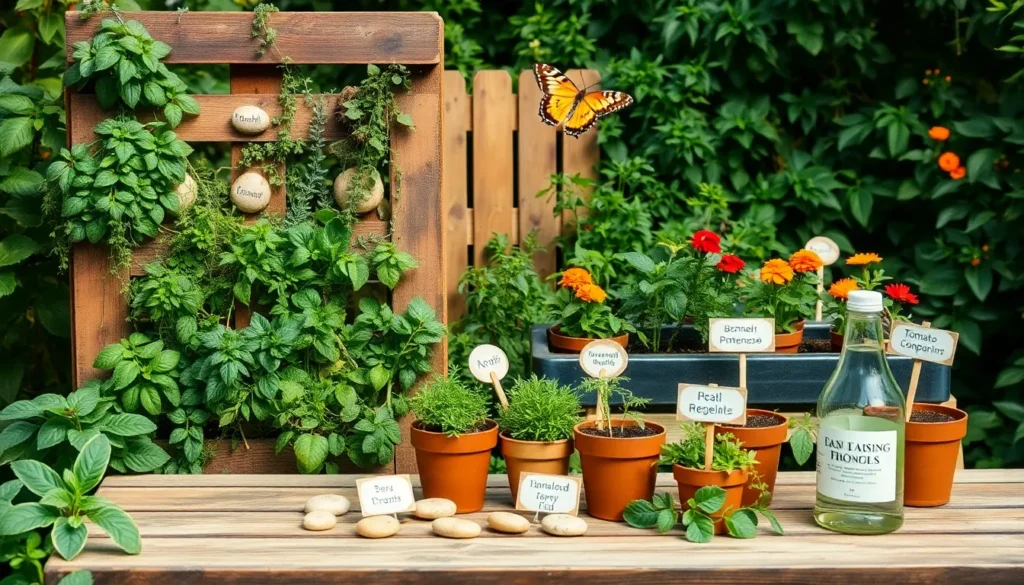Welcome to a delightful journey into the world of organic gardening, where nature’s brilliance meets human ingenuity. Whether you’re just planting your first seeds or have years of dirt under your nails, tapping into these organic gardening hacks will transform your green space into a flourishing paradise. In a world ever more conscious of ecological footprints, adopting organic methods is not just a trend, but a vital step towards a healthier planet. By embracing these techniques, you’ll not only nurture a more vibrant garden but also contribute to a sustainable future.
In this article, we’ll reveal 13 smart and effective hacks that will empower your green thumb and elevate your gardening game. From natural pest repellents to soil-enhancing secrets, each hack is designed to harmonize with the environment while maximizing your garden’s potential. Expect to discover simple, affordable solutions that make organic gardening not only rewarding but also remarkably easy. Let’s dig deep into these insightful tips and watch your garden thrive with nature’s own touch.
Compost Kitchen Scraps Regularly
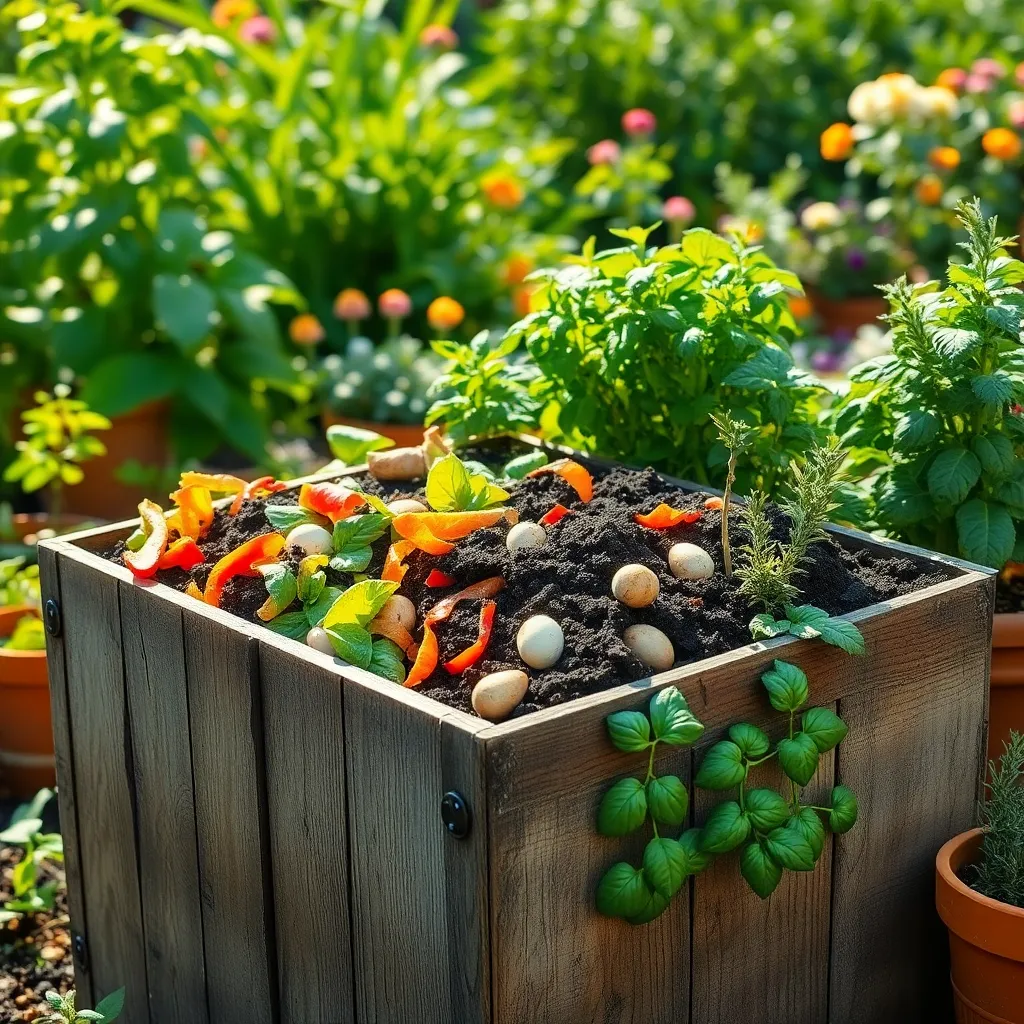
Composting kitchen scraps regularly is an excellent way to enrich your garden soil while reducing waste. By transforming vegetable peels, coffee grounds, and eggshells into compost, you create a nutrient-rich medium that promotes healthy plant growth.
Begin by setting up a compost bin in a shaded area of your yard to maintain moisture. Ensure the bin has good ventilation to promote the breakdown of organic matter and prevent unpleasant odors.
Layer your compost materials by alternating between green materials, like fruit scraps and grass clippings, and brown materials, such as dried leaves and small twigs. This balance of nitrogen and carbon accelerates decomposition and produces high-quality compost.
Turn your compost pile every two to three weeks with a pitchfork to aerate it, which helps speed up the composting process. In a few months, you will have a dark, crumbly compost ready to be mixed into your garden soil for improved fertility and structure.
Plant Companion Crops Strategically
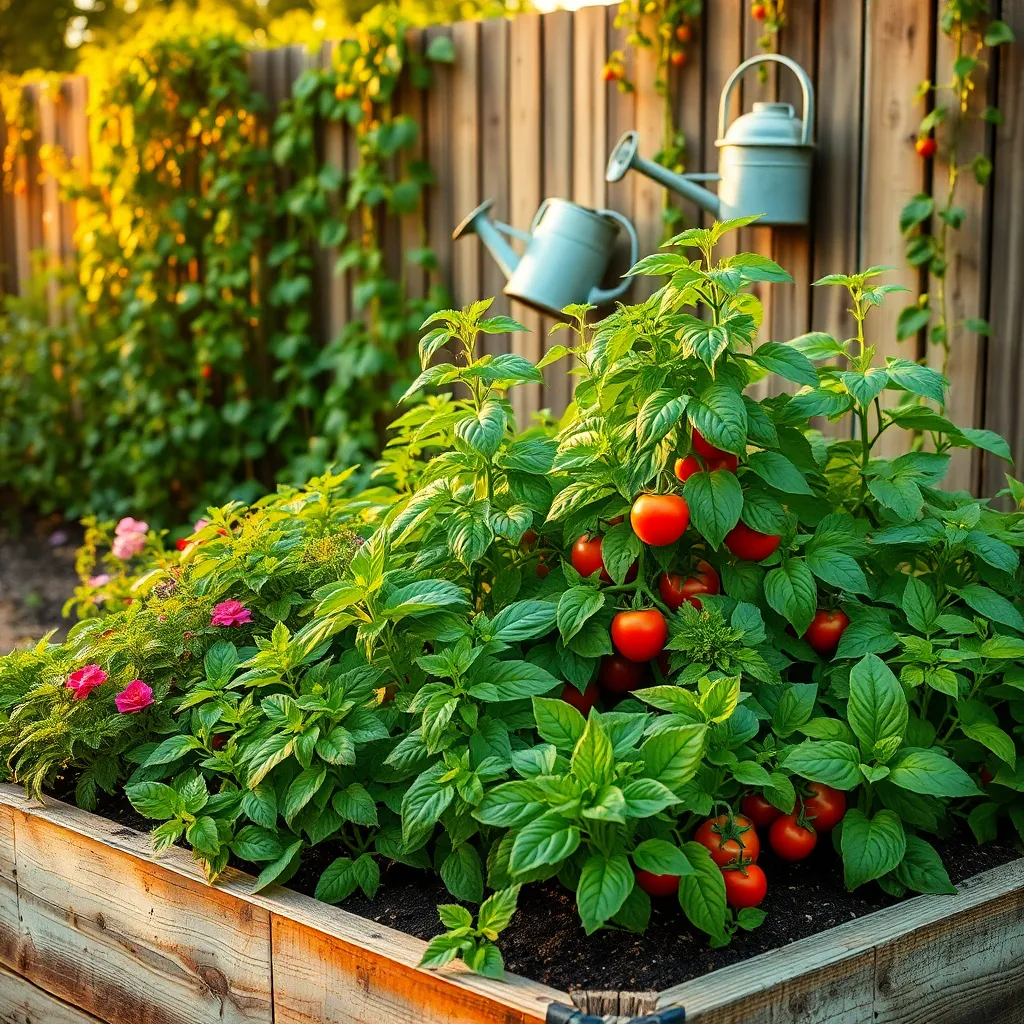
Strategically planting companion crops can enhance your garden’s productivity and resilience. Companion planting involves growing different plants together to benefit each other by improving nutrient uptake, pest control, and pollination.
One great example is the classic trio of corn, beans, and squash, often referred to as the “Three Sisters.” Corn provides a structure for beans to climb, beans fix nitrogen in the soil, and squash spreads along the ground, reducing weeds and maintaining soil moisture.
To maximize the benefits of companion planting, consider the specific needs of each plant. For instance, tomatoes benefit from being planted near basil, which can help repel pests like aphids and hornworms, while enhancing the flavor of the tomatoes.
Advanced gardeners might experiment with interplanting flowers such as marigolds, which are known to deter nematodes and other harmful insects. Ensure your soil is well-drained and rich in organic matter to support these diverse plantings, and water regularly according to the specific needs of each plant species.
Use Coffee Grounds as Fertilizer
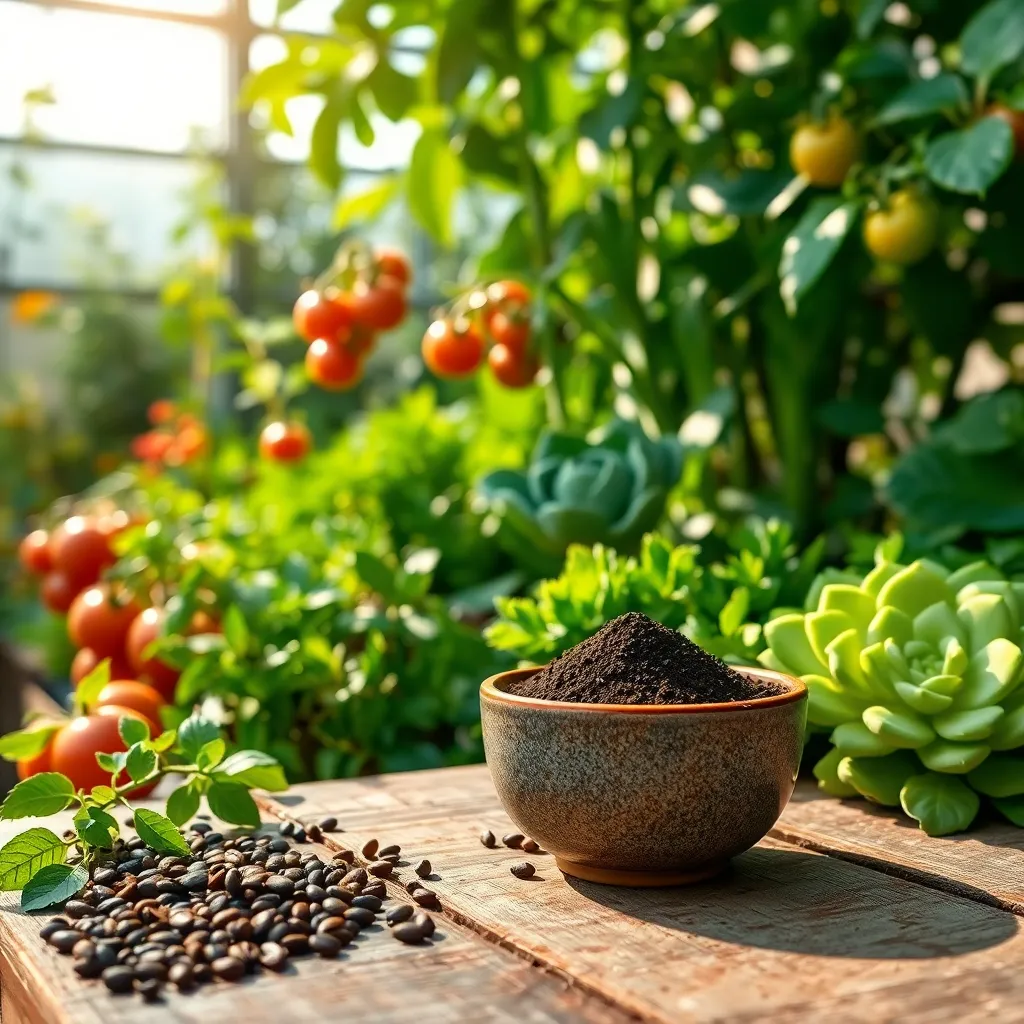
Coffee grounds are an excellent organic addition to your garden soil, providing a boost of nutrients. They are rich in nitrogen, which is essential for plant growth, making them ideal for nitrogen-loving plants like tomatoes and roses.
To use coffee grounds effectively, sprinkle them directly onto the soil or mix them into your compost pile. This not only enriches the soil but also improves its structure, helping to retain moisture and improve drainage.
When applying coffee grounds, use them sparingly to avoid over-acidifying the soil. Mixing them with other organic matter like grass clippings or leaves can help mitigate this effect and create a balanced soil amendment.
Aside from enriching the soil, coffee grounds can also deter pests such as slugs and snails. Their rough texture and slight acidity can act as a natural barrier, protecting your plants without the use of chemicals.
Create Natural Pest Deterrents
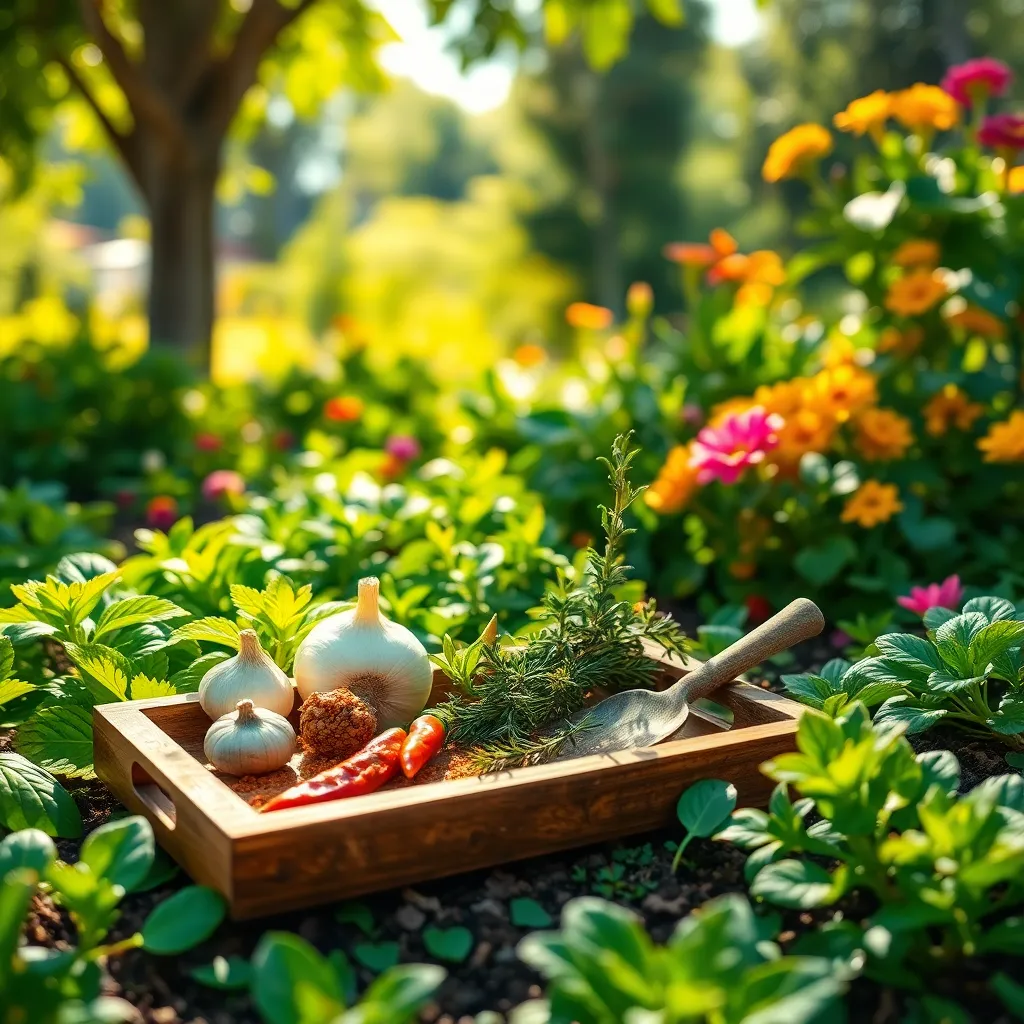
To naturally deter pests in your garden, consider planting herbs like basil, mint, and rosemary around your vegetables. These herbs not only act as a natural barrier, but they also enhance the flavor of your produce when companion planted.
Incorporating marigolds into your garden beds can effectively repel nematodes and other harmful insects. Their pungent scent is disliked by many garden pests, making them a colorful and functional addition to your planting scheme.
Another effective method is to create a garlic spray by blending garlic cloves with water and a small amount of dish soap. This mixture can be sprayed directly onto plant leaves, providing protection without harmful chemicals.
For a more advanced approach, attract beneficial insects like ladybugs and lacewings by planting dill, fennel, or yarrow. These insects will help control aphid populations naturally, reducing your need for chemical interventions.
Rotate Crops Each Season
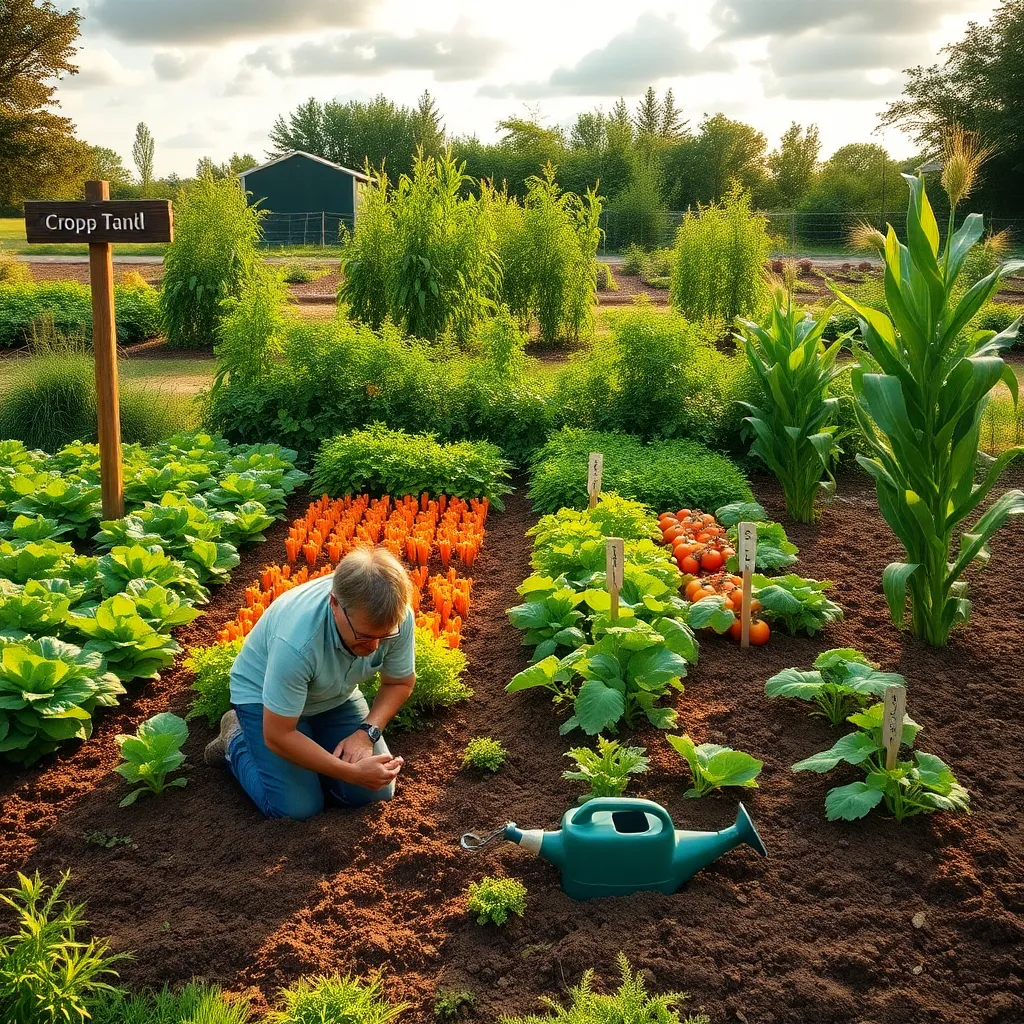
Rotating crops each season is a fundamental practice in organic gardening that helps maintain soil fertility and prevent the buildup of pests and diseases. By changing the location of your plants, you disrupt the life cycles of pests and promote healthier growth.
Begin by grouping your plants into families, such as nightshades (tomatoes, peppers) or legumes (beans, peas), and rotate these families to different areas of your garden each year. This method ensures that specific nutrients aren’t depleted, as different plant families have varying nutrient needs.
For beginners, try a simple three-year rotation plan: plant leafy greens one year, followed by fruiting vegetables, and then root vegetables. More experienced gardeners might explore a four-year rotation plan, adding cover crops like clover to rejuvenate the soil.
Ensure your soil is well-prepared by adding compost or aged manure before planting each new crop. This not only enriches the soil but also supports the plants’ nutritional needs throughout the growing season.
Mulch with Organic Materials
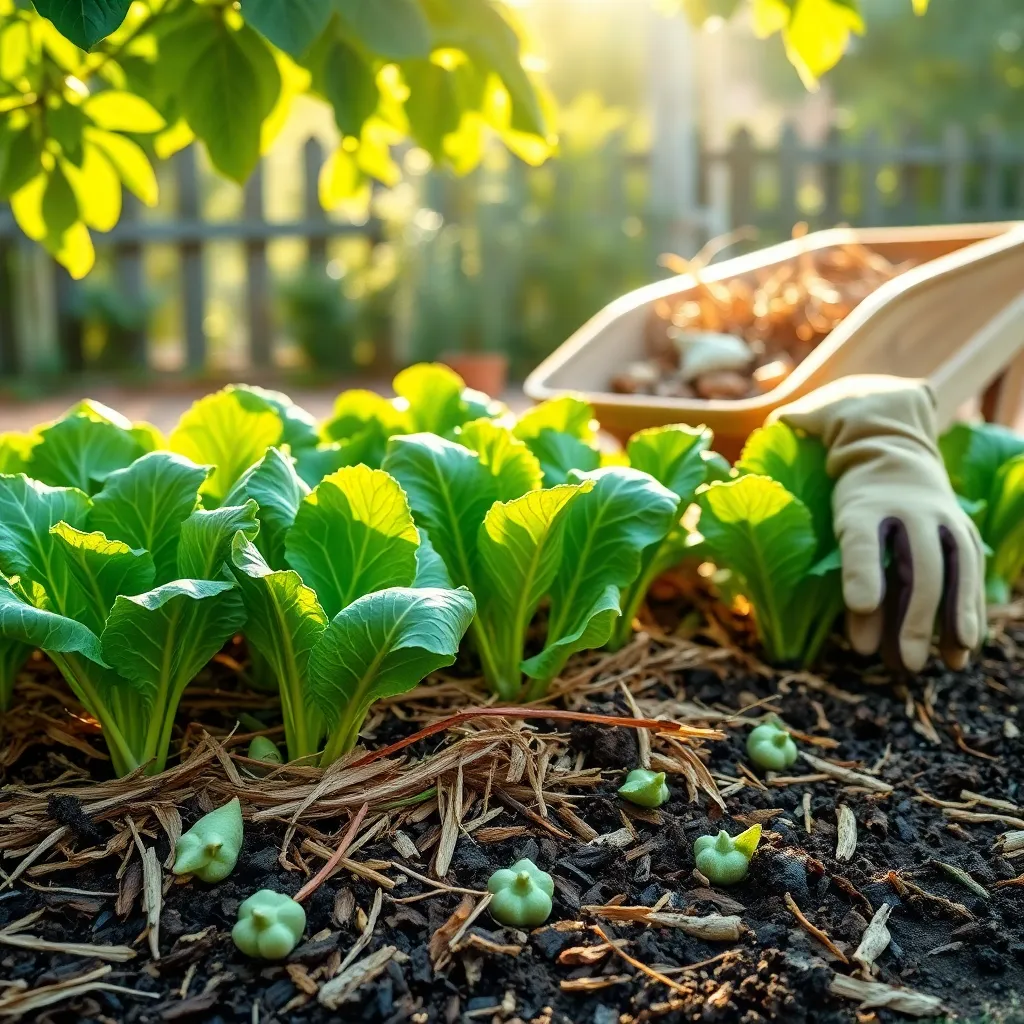
Mulching with organic materials is a highly effective way to enhance soil health and suppress weeds in your garden. By using materials like straw, grass clippings, or shredded leaves, you provide a natural barrier that retains moisture and improves soil structure.
When applying mulch, it’s important to aim for a layer about 2 to 4 inches thick to ensure optimal benefits. This thickness provides sufficient coverage to prevent weed growth while allowing water to permeate the soil efficiently.
For beginner gardeners, using readily available materials like grass clippings from your lawn can be a cost-effective and sustainable choice. Make sure the clippings are dry to avoid creating a mat that could hinder water infiltration.
Experienced gardeners might consider composted bark or wood chips as an advanced mulching option. These materials decompose slowly, enriching the soil with nutrients over time and fostering beneficial microbial activity.
Harvest Rainwater for Irrigation
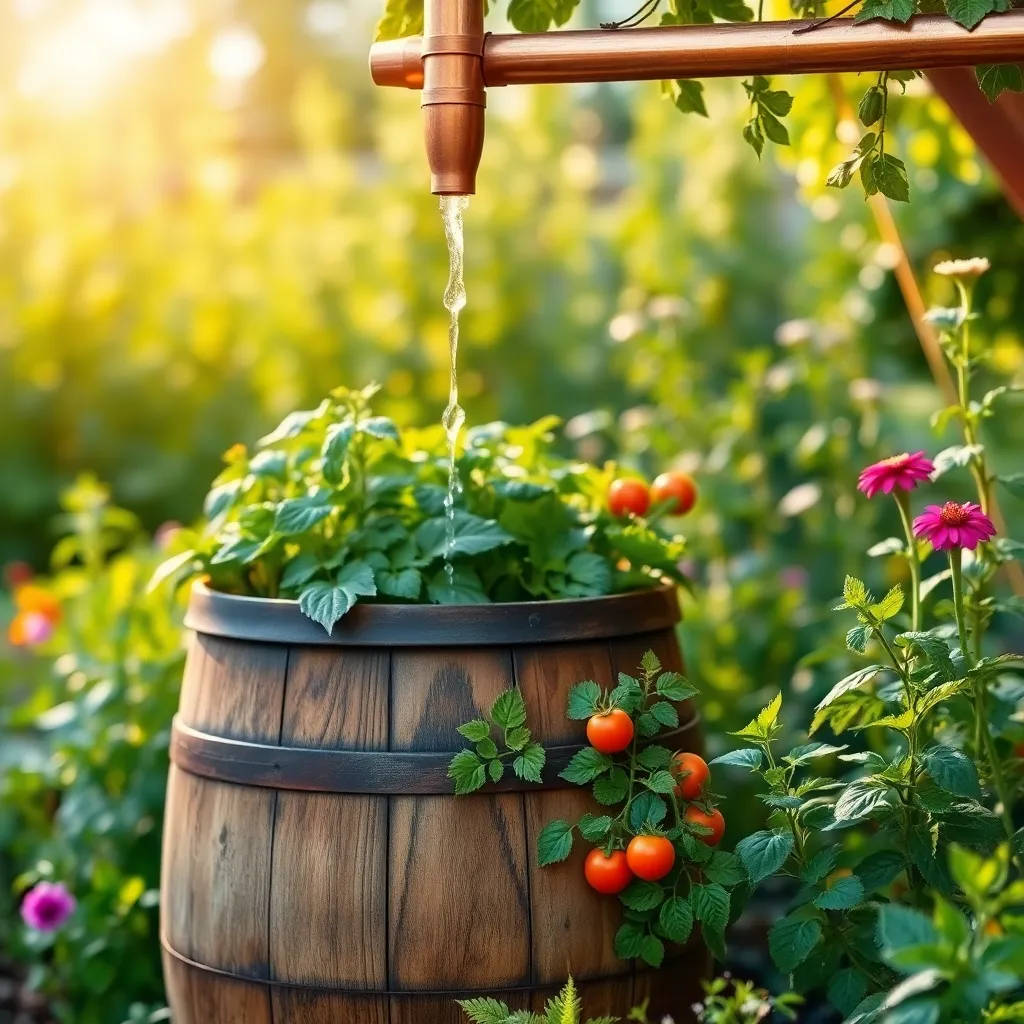
Harvesting rainwater is an excellent way to provide your garden with a sustainable water source. This method not only reduces your water bill but also ensures that your plants receive chemical-free hydration, which is crucial for organic gardens.
To start, consider installing a rain barrel under a downspout to collect rainwater efficiently. Ensure the barrel has a tight-fitting lid to keep debris and insects out, and attach a spigot near the bottom for easy access to water.
Regularly check your rainwater collection system for maintenance needs. Clean the gutters and the barrel filter to prevent clogging and ensure a steady flow of water.
For gardeners looking to maximize this resource, connect multiple barrels for increased capacity. This can be done using a simple linking kit, allowing you to store more water during heavy rains.
Introduce Beneficial Insects

Introducing beneficial insects to your garden can naturally boost plant health and reduce pest issues. These insects act as natural predators, targeting common garden pests such as aphids, caterpillars, and mites.
One effective way to attract these helpful bugs is by planting a diverse range of flowering plants. Marigolds, dill, and yarrow are excellent choices, as they provide nectar and pollen that beneficial insects thrive on.
For beginners, consider starting with easy-to-grow plants like fennel, which attracts ladybugs and lacewings. These insects are known for consuming large numbers of aphids, making them invaluable in maintaining a healthy garden ecosystem.
Advanced gardeners can experiment with creating insect habitats by incorporating elements like small rocks or a shallow water source. These additions can support a diverse insect population by offering shelter and hydration, particularly during hot or dry spells.
Prune Plants to Encourage Growth
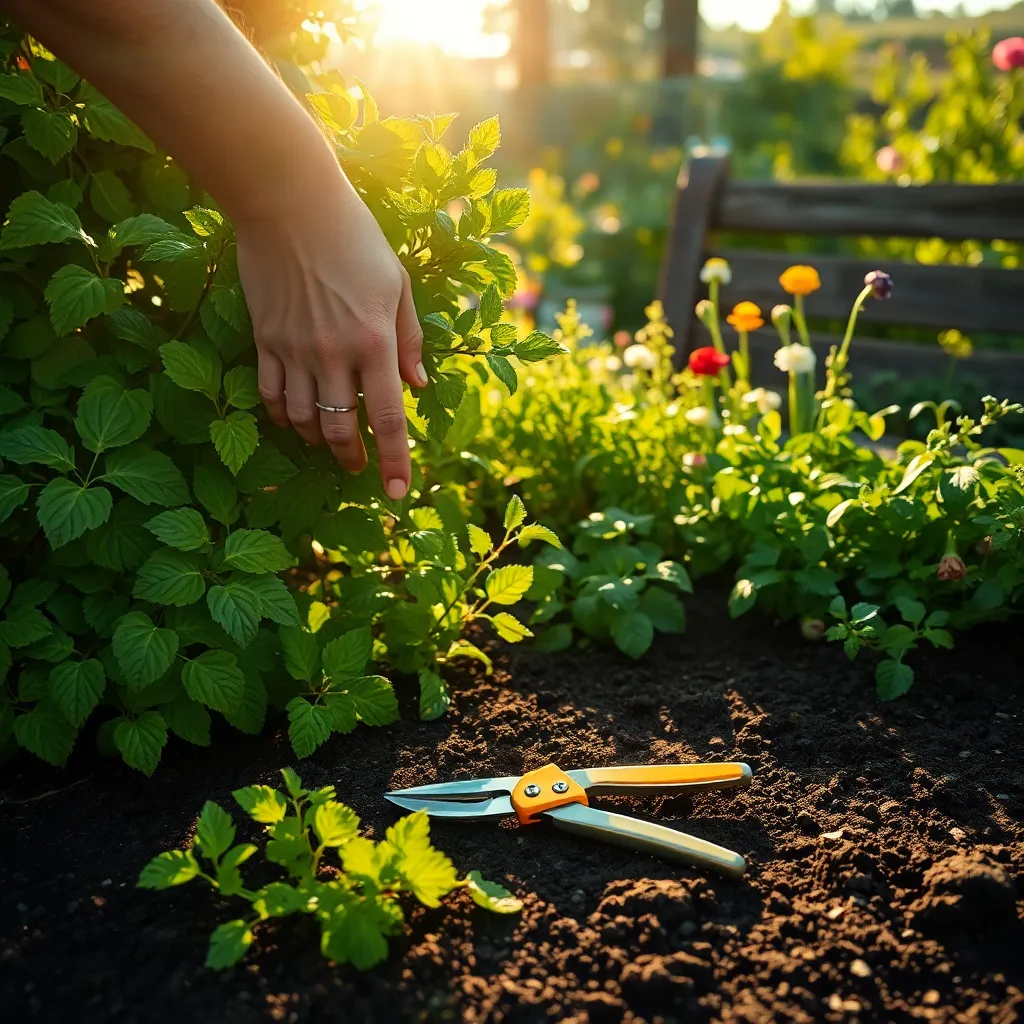
Pruning is a crucial technique to encourage plants to grow more robustly. By removing dead or overcrowded branches, you allow light and air to reach the inner parts of the plant, promoting healthier growth.
To get started, use sharp, clean pruning shears to make precise cuts, reducing the risk of disease. Regular pruning helps direct the plant’s energy to produce more flowers and fruits, making it a vital practice for productive gardens.
Timing is key when it comes to pruning; generally, prune in late winter or early spring before new growth begins. For flowering plants, prune immediately after their blooming period to avoid cutting off future buds.
When pruning, focus on removing any crossing branches as well as those that grow inward, as these can hinder growth. If you’re growing fruit trees, thinning the branches also helps improve fruit quality by allowing more sunlight to penetrate.
Use Epsom Salt for Magnesium
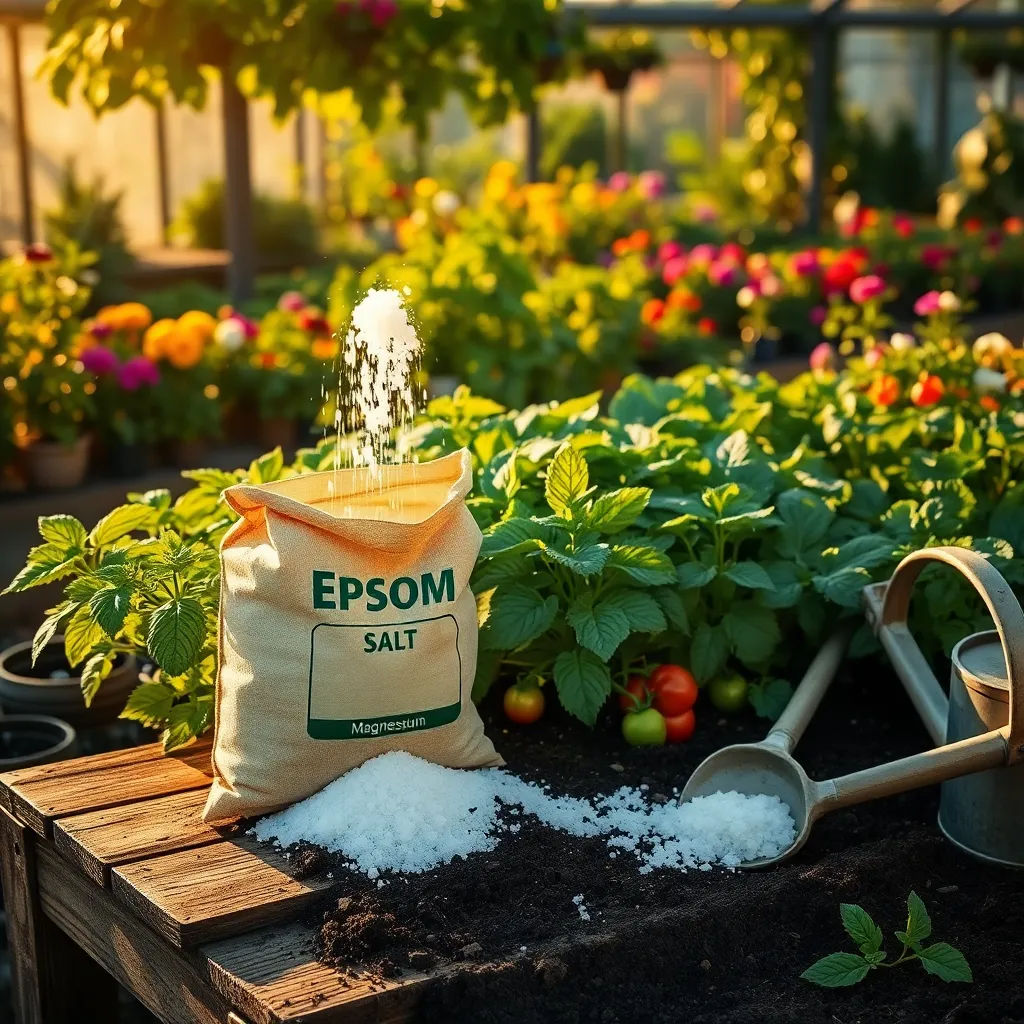
Epsom salt is a natural source of magnesium, an essential nutrient that supports plant health. It can help improve seed germination, nutrient uptake, and overall plant growth.
For gardeners looking to boost magnesium levels in their soil, Epsom salt is an effective and easy solution. Simply dissolve one tablespoon of Epsom salt in a gallon of water and use it to water your plants monthly.
When applying Epsom salt, it’s important to focus on plants that are known to benefit from extra magnesium. Tomatoes, peppers, and roses are particularly responsive to Epsom salt treatments, resulting in more vibrant blooms and fruit production.
Experienced gardeners might also consider using Epsom salt as a foliar spray. Mix two tablespoons of Epsom salt in a gallon of water, and mist the leaves of your plants every two weeks for maximum absorption.
Implement Raised Bed Gardens

Implementing raised bed gardens can revolutionize your gardening approach, providing improved soil conditions and drainage. Raised beds also allow for better control over weeds and pests, making them an excellent choice for both beginners and seasoned gardeners.
Start by selecting a sunny location as most vegetables and flowers thrive in full sun. Ensure your raised bed is at least 6 to 12 inches deep to accommodate root growth and maximize plant health.
Fill your raised beds with a high-quality soil mix, ideally a combination of topsoil, compost, and well-rotted manure. This nutrient-rich blend supports healthy plant development and minimizes the need for synthetic fertilizers.
For watering, monitor your plants closely and aim to keep the soil consistently moist but not waterlogged. Consider installing a drip irrigation system to maintain optimal moisture levels and reduce water waste, especially in dry climates.
Apply Neem Oil for Pest Control
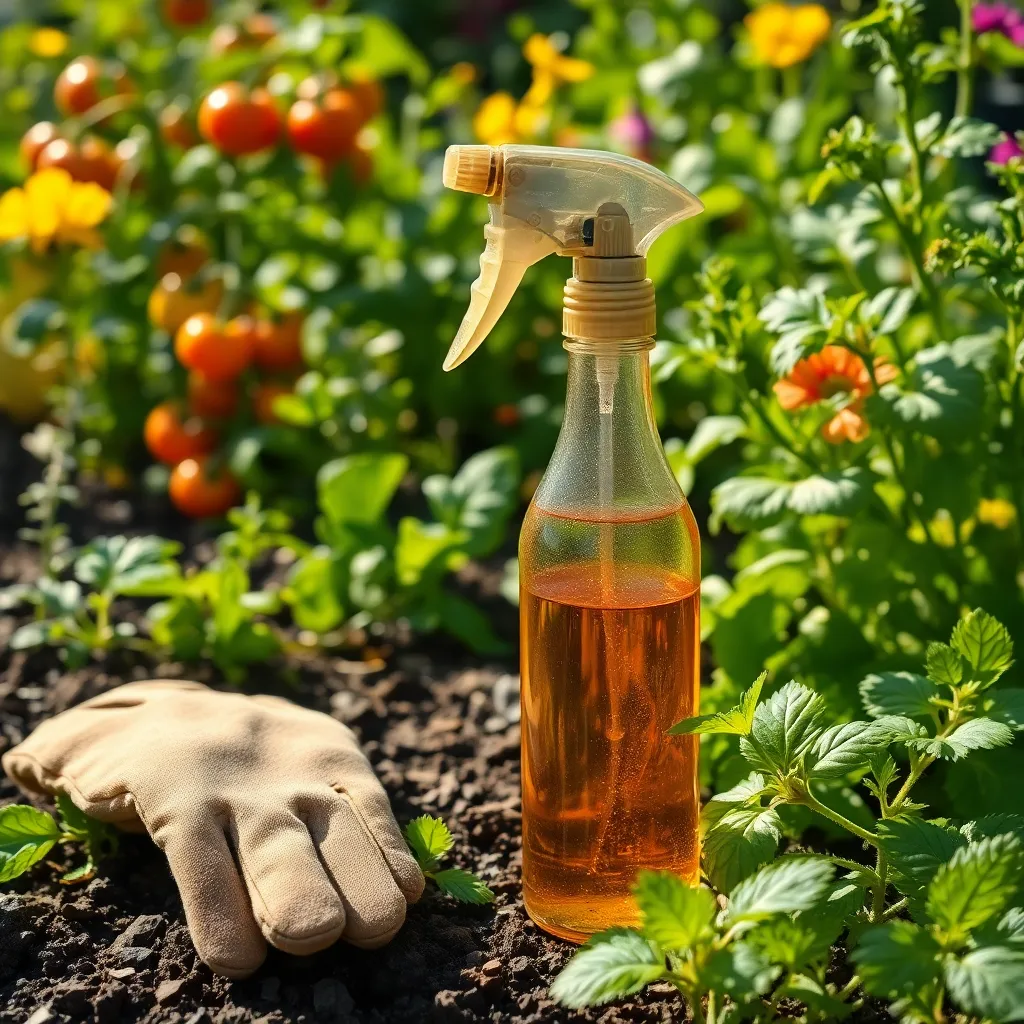
Neem oil is a powerful tool in the organic gardener’s arsenal for controlling pests naturally. Derived from the seeds of the neem tree, this oil disrupts the hormones of insects, effectively reducing their ability to feed and reproduce.
To apply neem oil effectively, mix it with water and a mild liquid soap to help it adhere to plant surfaces. Use a spray bottle to apply the solution to affected plants, ensuring thorough coverage on both the tops and undersides of leaves.
For beginners, it’s important to note that neem oil should be applied in the early morning or late afternoon to avoid leaf burn from the sun. Regular applications every 7 to 14 days can help maintain control over pest populations.
Advanced gardeners might try combining neem oil with other organic methods, such as introducing beneficial insects like ladybugs, to create a robust pest management system. Neem oil is most effective when integrated into a comprehensive pest control strategy, which can help maintain a healthy, thriving garden.
Start Seeds Indoors Early
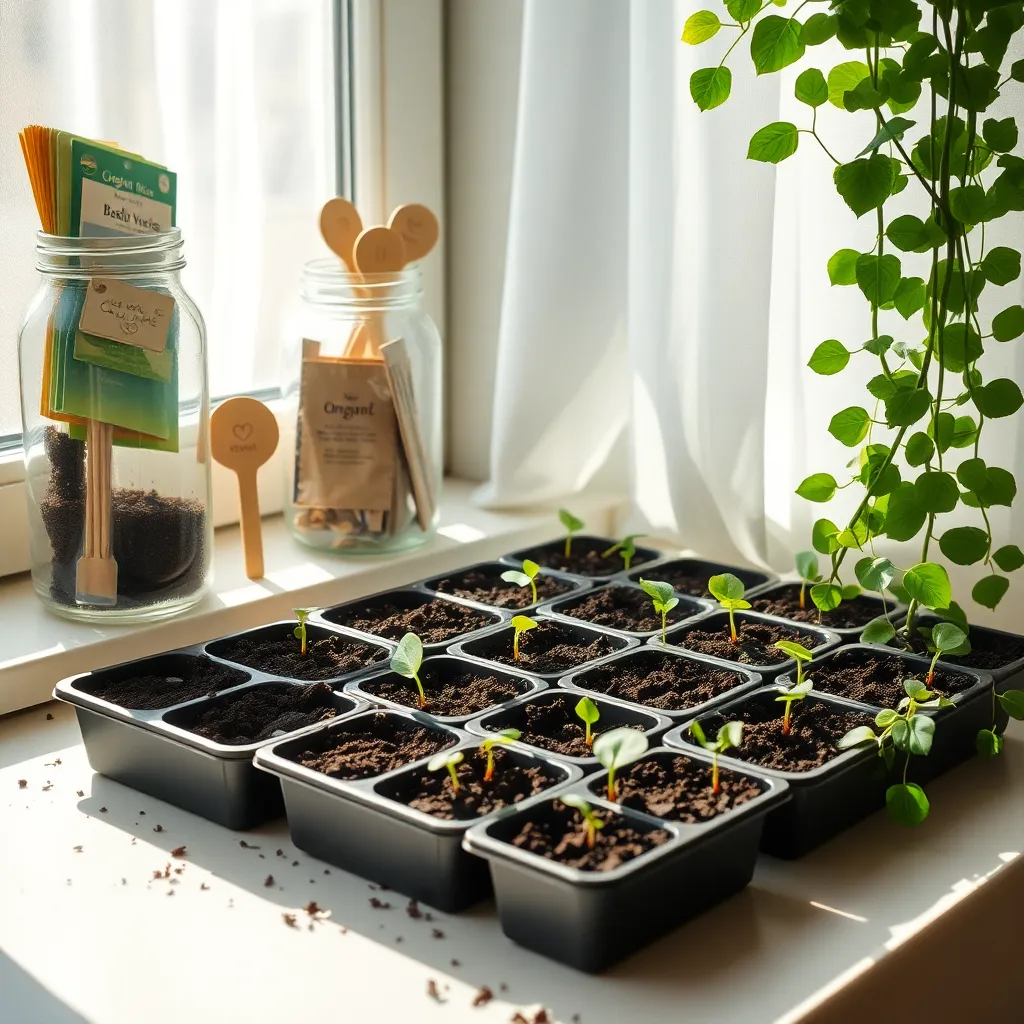
Starting seeds indoors early gives your plants a head start on the growing season. This technique is particularly beneficial for plants with longer growing seasons, such as tomatoes and peppers.
To begin, select a quality potting mix that is light and well-draining, such as one specifically designed for seed starting. Avoid using garden soil as it is often too heavy and may harbor diseases that can harm young seedlings.
For the containers, you can use seed trays, peat pots, or even recycled containers like yogurt cups with drainage holes. Place your containers in a warm area, ideally between 65-75°F (18-24°C), to ensure optimum germination conditions.
Once the seeds are planted, keep the soil consistently moist but not waterlogged. A spray bottle can be a handy tool to gently mist the surface without displacing the seeds.
As your seedlings grow, ensure they receive plenty of light, ideally 12-16 hours a day. If natural sunlight is insufficient, supplement with grow lights placed a few inches above the seedlings to prevent them from becoming leggy.
Conclusion: Growing Success with These Plants
As we wrap up our exploration of the 13 effective organic gardening hacks, each tip serves as a metaphor for nurturing and enriching your relationships. From understanding the importance of communication as the “soil” of any bond, to using small gestures like “companion planting” to enhance connection, and practicing active listening as the “mulch” that retains the moisture of understanding, these hacks offer a holistic approach to growing love and partnership. Other concepts like setting boundaries, fostering trust, and embracing change echo the principles of organic gardening, ensuring that your relationship blossoms naturally and sustainably.
Now, take the next step: choose one relationship hack that resonates with you and implement it today. Whether it’s setting aside quality time or practicing gratitude, action is the seed of transformation.
Remember, nurturing a thriving relationship is a journey, not a destination. Bookmark this article for easy access to these insights whenever you need a gentle reminder or inspiration. As you apply these principles, envision the success of a relationship that grows stronger with each passing season, and let this guide be your companion in cultivating enduring love and happiness.

